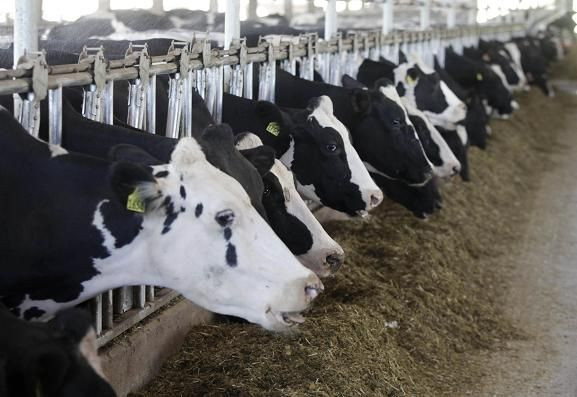Dairy Demand To Outpace Local Supply In Southeast Asia, Good Opportunity For International Dairy Producers

Dairy consumption in Southeast Asian countries has grown so fast that local supply is not able to meet the demand, creating large trade opportunities and intense competition between international producers keen to capture this rapidly expanding market.
Demand for dairy in Indonesia, Malaysia, the Philippines, Singapore Thailand, and Vietnam, member countries of the Association of Southeast Asian Nations, has outpaced supply. Factors contributing to the growth include high birth rates, rising incomes, improving diets, growth in modern retailing, urbanization and countrywide school milk, according to the Phnom Penh Post, a Cambodian newspaper.
“We expect dairy consumption across ASEAN-6 to grow by 2.4 per cent per year through to 2020. This creates a requirement for an extra 3 billion liters of milk which local players are ill-equipped to deliver,” said Michael Harvey, an analyst from Rabobank, in a report.
The annual growth rate of 2.4 percent would mean that by 2020, the region will import 14 billion liters per year, compared to 11 billion liters in 2012, according to the report.
Per capita dairy consumption rates in the ASEAN-6 are still catching up with developed countries. Yearly consumption rates are eight kilograms in Indonesia, 14 kilograms in the Philippines, 51 kilograms in Malaysia, 30 kilograms in Thailand, 32 kilograms in Singapore and 15 kilograms in Vietnam, the report says.
By contrast, in Japan per capita consumption reaches 85 kilograms.
But overall, these six countries will show the second fastest annual rate in dairy consumption following China, and the local supply in the region will be hard-pressed to meet the demand. Dairy producers from other countries are eager to seize the opportunity in ASEAN, one of the few remaining dairy battlegrounds in the world.
“The combination of unaccommodating climate, poor farming practices, unsuitable land and limited access to credit, creates a difficult environment for domestic producers and a great opportunity for exporters,” Harvey said, according to the Phnom Penh Post.
“This trend is fueling fierce competition among international dairy companies, particularly between producers from Oceania and Europe – that benefit from historic trade relationships in the region – and new players from the U.S. who are determined to build a foothold in the market," Harvey added.
In 2012, dairy trade flow into the six countries surpassed 1.6 million tons, which amounted to a $5.5 billion export opportunity for foreign producers, according to the Dairy Business, an industry news portal.
The competition among international producers has been intense, but that is not enough to secure victory in this market, the Rabobank report said. Exporters must also conquer a number of structural challenges such as food price inflation, protectionist policies and supply chain inefficiencies.
© Copyright IBTimes 2024. All rights reserved.





















